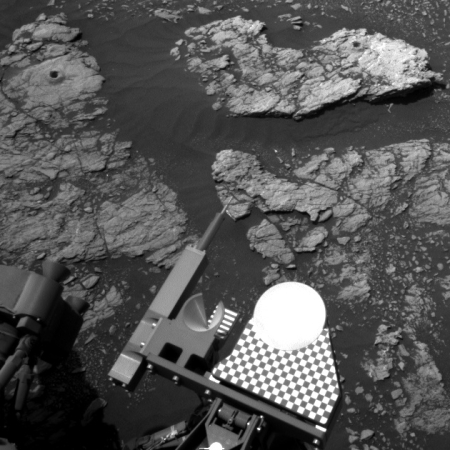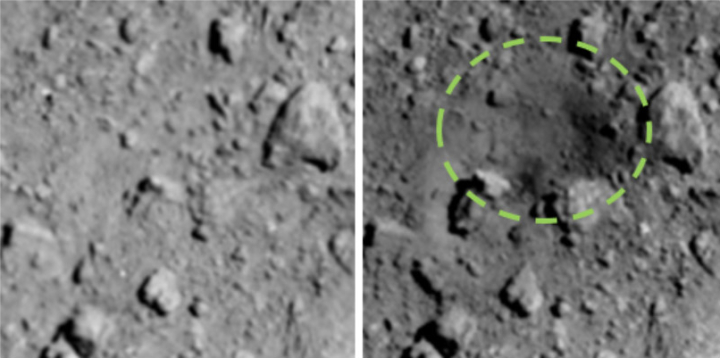Partial power outage on ISS today delays Dragon cargo mission
A partial power failure on the International Space Station has forced NASA to delay for at least two days the Dragon cargo mission that had been scheduled to launch early tomorrow morning.
The delay will allow time for NASA flight controllers at the Johnson Space Center in Houston to continue troubleshooting an issue with a distribution box in the space station’s electrical power system. Engineers detected an issue with the Main Bus Switching Unit on Monday morning, and ground teams plan to replace the component later this week, ahead of the SpaceX cargo launch. “Teams are working on a plan to robotically replace the failed unit and restore full power to the station system,” NASA said in a statement Tuesday. “The earliest possible launch opportunity is no earlier than Friday, May 3.”
The Main Bus Distribution Unit is one of several that routes power from the space station’s U.S. solar arrays to the research outpost’s electrical channels. The suspect unit distributes power to two of the eight electrical channels on the station, including a power supply for the space station’s robotic arm, which the station astronauts will use to capture the Dragon cargo craft as it approaches the complex.
While the robotic arm remains powered through a separate channel, NASA flight rules require redundant power supplies for the arm during critical operations, such as the grapple of a free-flying spacecraft.
Since the cargo Dragon freighter is berthed to the station using the robot arm, they want to get this fixed before launching Dragon. Right now the new launch date will occur no earlier than the wee hours of Friday, May 3.
A partial power failure on the International Space Station has forced NASA to delay for at least two days the Dragon cargo mission that had been scheduled to launch early tomorrow morning.
The delay will allow time for NASA flight controllers at the Johnson Space Center in Houston to continue troubleshooting an issue with a distribution box in the space station’s electrical power system. Engineers detected an issue with the Main Bus Switching Unit on Monday morning, and ground teams plan to replace the component later this week, ahead of the SpaceX cargo launch. “Teams are working on a plan to robotically replace the failed unit and restore full power to the station system,” NASA said in a statement Tuesday. “The earliest possible launch opportunity is no earlier than Friday, May 3.”
The Main Bus Distribution Unit is one of several that routes power from the space station’s U.S. solar arrays to the research outpost’s electrical channels. The suspect unit distributes power to two of the eight electrical channels on the station, including a power supply for the space station’s robotic arm, which the station astronauts will use to capture the Dragon cargo craft as it approaches the complex.
While the robotic arm remains powered through a separate channel, NASA flight rules require redundant power supplies for the arm during critical operations, such as the grapple of a free-flying spacecraft.
Since the cargo Dragon freighter is berthed to the station using the robot arm, they want to get this fixed before launching Dragon. Right now the new launch date will occur no earlier than the wee hours of Friday, May 3.





